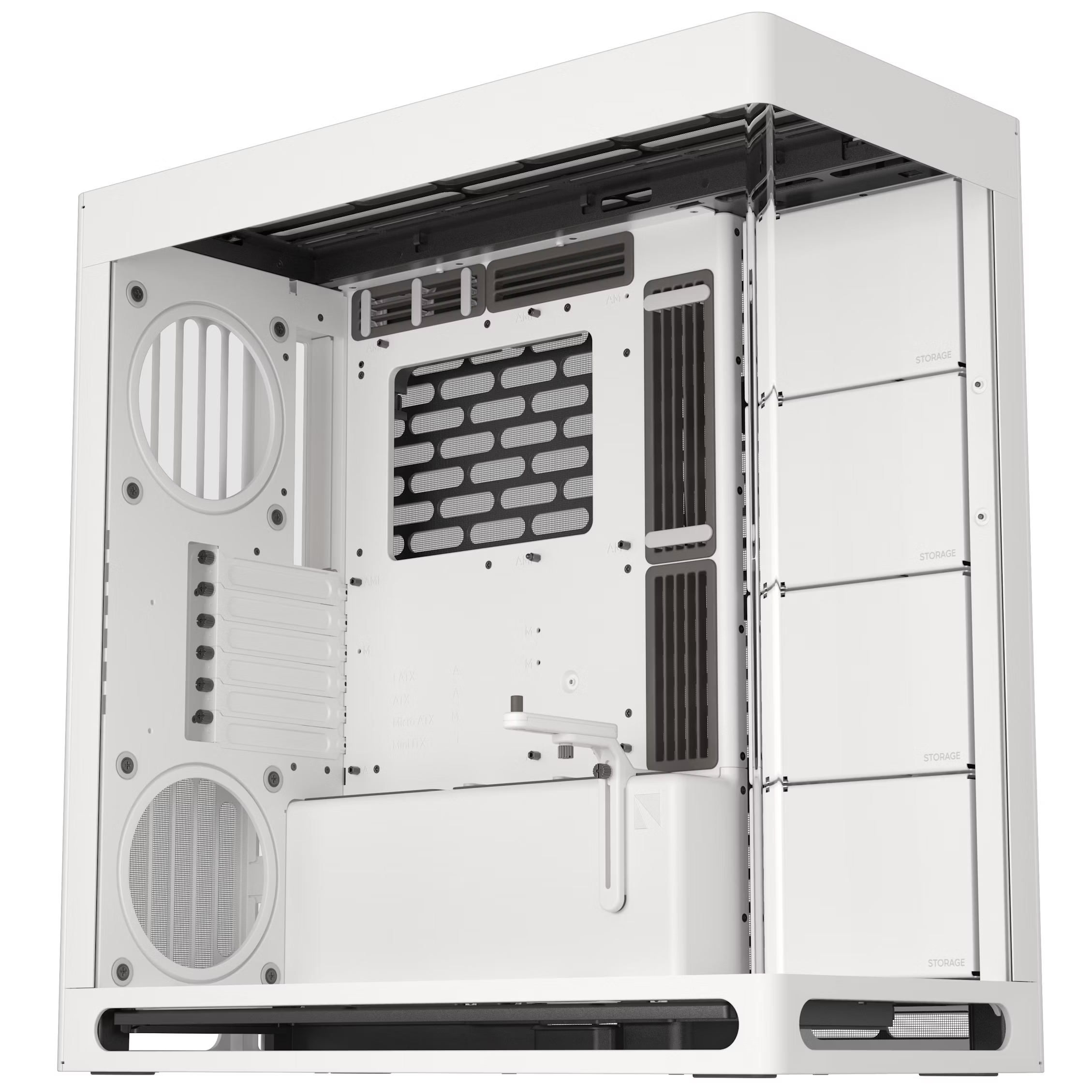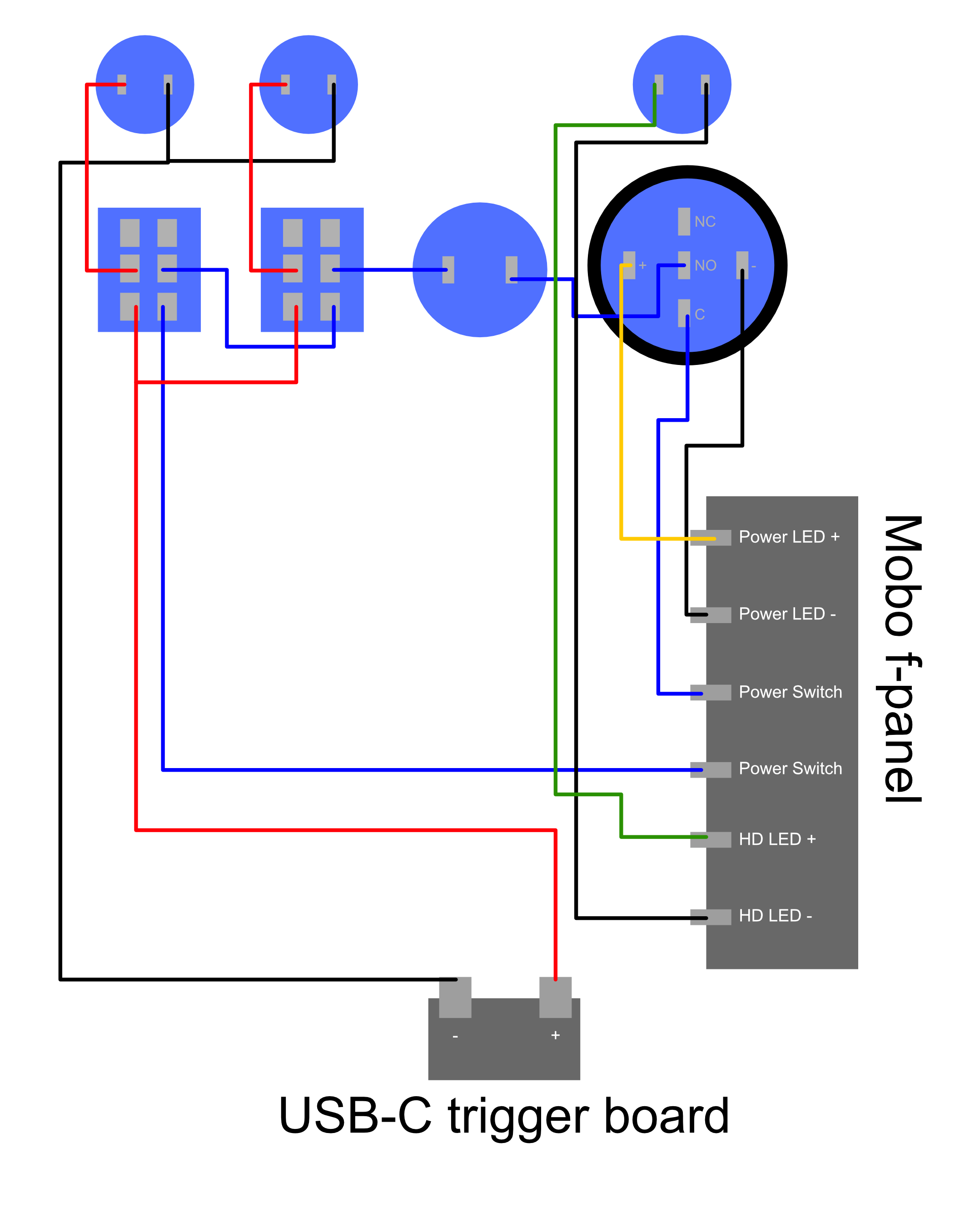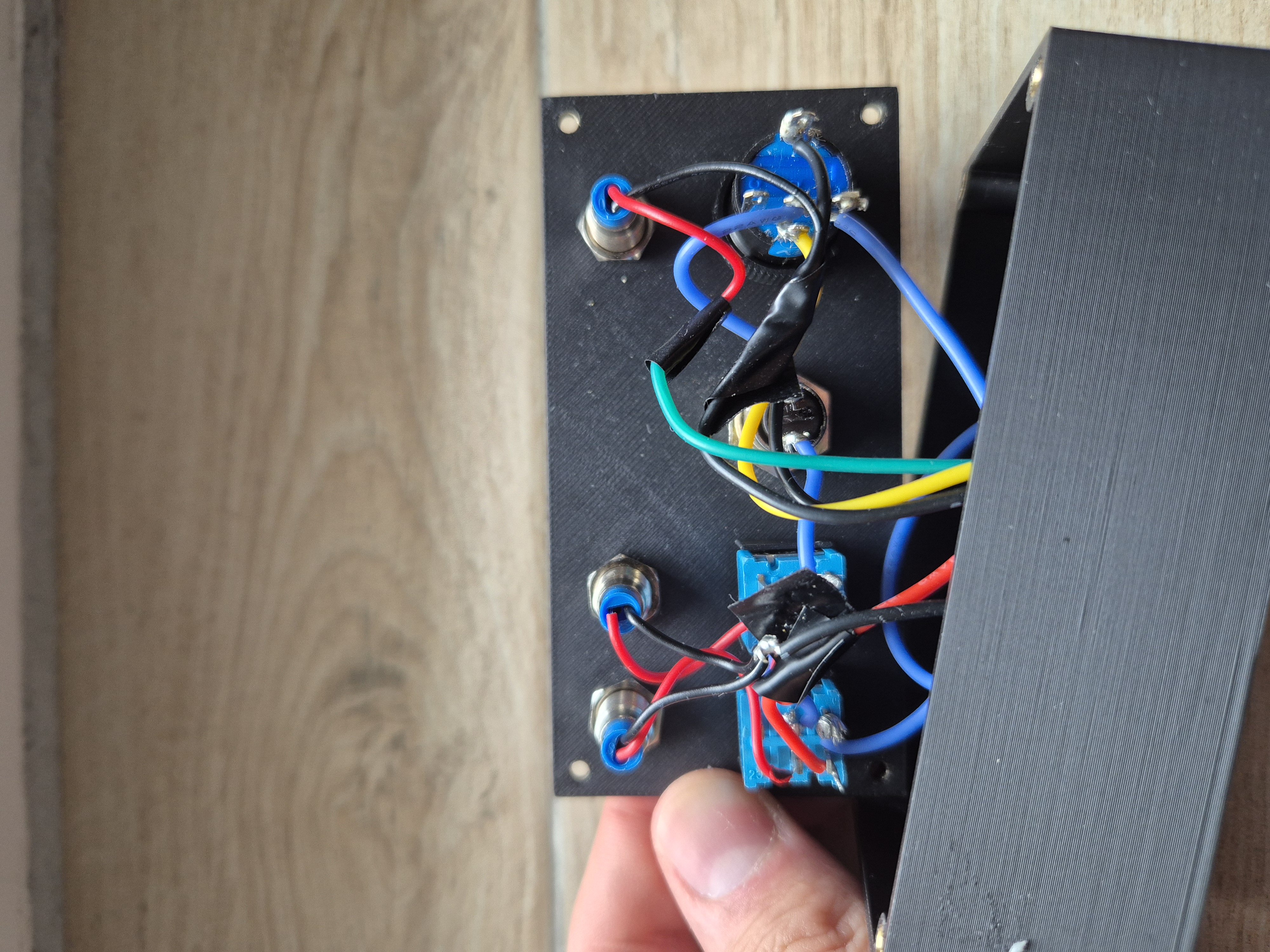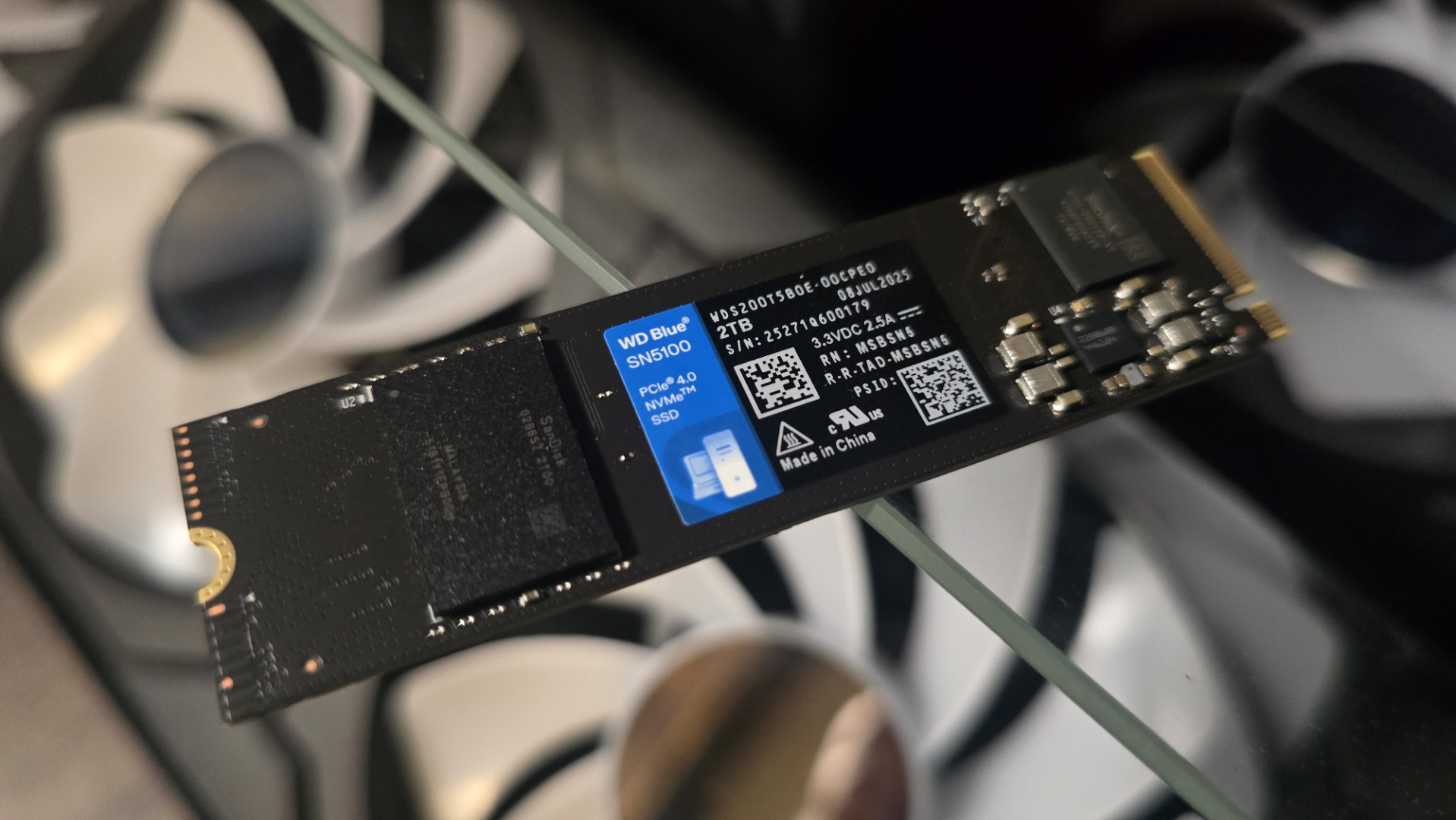Power? Contact. Fuel? Check. Ignition? Go! This, ladies and germs, is the way to boot up your desktop PC
Delayed gratification at its finest.
In this age of instant gratification, of ecommerce orders that arrive via drone an hour before you realised you even wanted them, there's definitely something to be said for adding a delay, maybe a touch of ritual, perhaps a dash of overkill. Enter the Power Button Extension V2, surely the most satisfying start up routine for a desktop rig yet conceived by human mind.
The work of a Redditor who goes by the call sign veloci_official, this powering-up solution involves a pair of flip switches and key activator as gateway keepers to the all-important "Start" button which is, of course, housed beneath a clear, flip-up cover. Each element sports an all-caps label—POWER, FUEL, IGNITION, START—fitted slightly askew for a pleasing DIY-come-military vibe.
The flip switches and turn-key are, in effect, only contact switches that act to enable the "Start" button. In other words, once the PC is running, an accidental knock of one of those switches or a twitch of the key won't do anything other than make the Start button inoperable, thereby making accidental shutdowns, perhaps courtesy of a passing feline, far less likely.
The green LED above the Start button, incidentally, is a hard drive activity indicator. Dare I say it, this could be just the thing for flight or driving sim aficionados looking to add that extra layer of authenticity to their desk-bound pre-sortie routine.
Of course, pedantic military wonks might suggest this setup actually needs two keys, 12 feet apart, that need to be turned simultaneously in order to completely rule out accidental system boots. Turn your key, sir! Etc.
As for me, I'm more of a jam-a-screw-driver-directly-into-the-motherboard-headers kinda chap. But if I absolutely had to use an actual switch, then I like the idea of entirely leapfrogging a plain old button and going straight to absolute overkill.
Whatever, if barking "CONTACT" every time you boot up is your bag, you'll be pleased to hear there's a Github listing with detailed instructions including circuit diagrams and links to all the parts you'll need. The instructions really are comprehensive and aimed at DIY novices. So, you really needn't be an electrical engineer to knock one of these out yourself.
Keep up to date with the most important stories and the best deals, as picked by the PC Gamer team.
Cost-wise, you're looking at about five bucks all in for the parts, plus whatever it costs to 3D print the main housing. Remarkably, that includes the USB-C trigger board that's required to light up the toggle-switch LEDs.
Heck, you'd could probably cobble something together out of wood if 3D printing wasn't an option and make this thing for virtually nothing. And in these times of spiralling PC component prices, a bit of fun for almost free is a very welcome distraction.

1. Best overall: Havn HS 420
2. Best budget: Phanteks G400A
3. Best midrange: Hyte Y40
4. Best budget compact: Thermaltake S100 TG Snow Edition
5. Best high-end: NZXT H9 Flow RGB+
6. Best Mini-ITX: Fractal Design Terra
7. Best Micro-ATX: NZXT H3 Flow
8. Best full-tower: NZXT H7 Flow
9. Best pink: Hyte Y70
10. Best fish tank: Lian Li O11 Vision Compact
11. Best looking: Phanteks Evolv X2
12. Best for beginners: Be Quiet! Shadow Base 800 FX

Jeremy has been writing about technology and PCs since the 90nm Netburst era (Google it!) and enjoys nothing more than a serious dissertation on the finer points of monitor input lag and overshoot followed by a forensic examination of advanced lithography. Or maybe he just likes machines that go “ping!” He also has a thing for tennis and cars.
You must confirm your public display name before commenting
Please logout and then login again, you will then be prompted to enter your display name.




